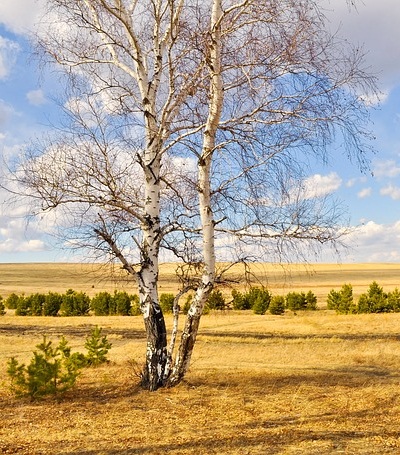Studies Show Climate-Induced Reorganization of Food Web, Happening Across the Globe
Warmer than average temperatures are causing generalist species with preference for colder habitats, to move and redistribute in groups toward the poles. As a result, their movement toward new ecosystems is changing the flow of energy and carbon as they connect to existing food webs; whilst altering the natural feeding behaviors in a particular ecosystem.
When ecosystems are altered, food connections are rewired. Rewiring transpires when species navigating across landscapes in search of abundant sources of food, rapidly respond by shifting habitats. Through their relative use of different sources of energy, their foraging behavior causes a rewiring of the links connecting different feeding behaviors that exist in an ecosystem.
University of Guelph Conducts Studies on Changing Behavior of Generalist Species in Lake Ontario
Researchers at the University of Guelph in Canada, led by Tim Bartley, of the Department of Integrative Biology, together with biology professors Andrew McDougall and Kevin McCann, conducted studies by monitoring generalist species. The results of their studies were published in the Nature Ecology and Evolution journal, to which they recommend harnessing the natural ability of species to detect and react to the changes happening in their natural habitats.
Over the past decade, the team of UG researchers monitored how lake trout, a generalist species, has been forced to move into deeper waters to forage. The movement was in response to warmer lake temperatures. As a generalist species, lake trouts can survive in different conditions and feed on a variety of prey species. Climate-induced movement and feeding behaviors of the lake trout, manifested changes in the flow of energy and use of nutrients in the lake; causing a rewiring of the existing food web.
Tim Bartley went as far as analyzing the tissues of lake trouts to identify its new prey species and the locations of new resource. Lake trouts are known to be flexible feeders and may feed on other fish species. Although the UG researchers were unable to establish the identity of the prey species, the tissue analysis showed that lake trouts feed mostly on herrings. The analysis suggests that herrings had likewise moved to the deeper parts of the lake.
Based on their monitoring of the altered behavior of lake trouts, the UG researchers concluded that keeping track of behavioural changes in generalist species can serve as early warning system. The significance of such system will prove useful to humans who depend on the resources provided by the ecosystem for subsistence.
